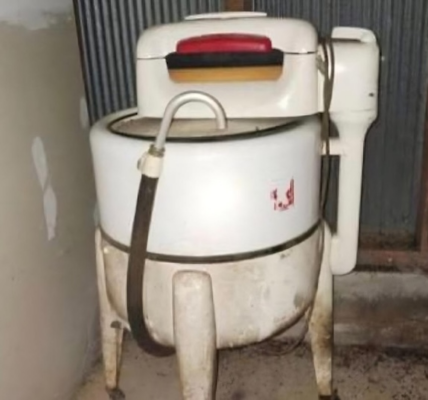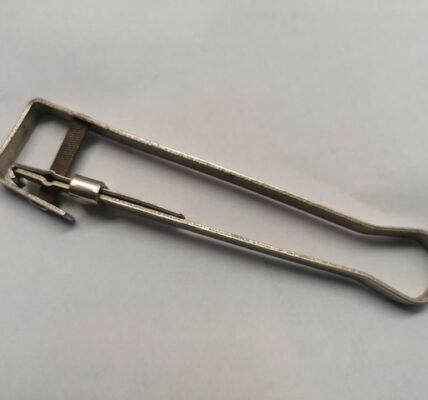Shoes aren’t just fashion statements; they are practical investments that carry us through life. From the rugged hiking boots that accompany your outdoor adventures to the elegant leather loafers that complete your formal look, footwear serves a purpose beyond mere aesthetics. But what happens when your favorite pair starts to show signs of wear? Enter the unsung hero of footwear preservation: the cobbler’s last. This essential tool has been keeping shoes alive for centuries, ensuring they can be repaired, reshaped, and worn again.
What is a Cobbler’s Last?
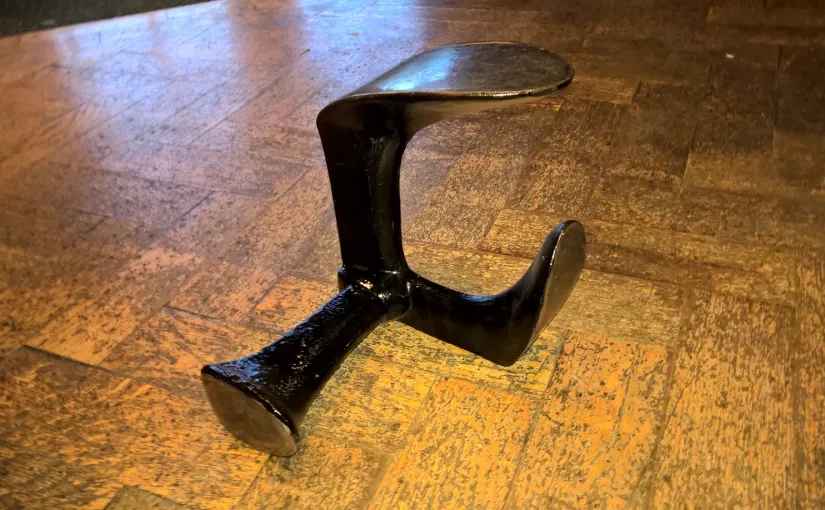
A cobbler’s last is a foot-shaped mold, typically made of wood, metal, or plastic, used by cobblers and shoemakers to repair and construct shoes. Each last is specifically designed to fit certain shoe sizes and shapes, making it a critical tool for ensuring the perfect fit and form. When a shoe is placed on the last, it can be stretched, reshaped, and mended, allowing cobblers to perform their magic in repairing worn-out footwear.
For centuries, cobblers have relied on lasts to restore shoes to their original glory. Without this essential tool, many shoes would simply fall apart or lose their shape after just a few wears.
The Rich History of Shoe Repair
Shoes have been an essential part of human civilization for thousands of years, evolving from simple foot coverings into sophisticated, stylish, and functional pieces of attire. As footwear evolved, so did the methods of repair and preservation. A cobbler’s last has always been central to this process, playing a vital role in extending the life of shoes.
In ancient times, cobblers were among the most respected artisans in a community. They had the skills to craft shoes by hand and repair them using traditional methods passed down through generations. The cobbler’s last, in particular, was crucial for keeping shoes in perfect form, even after heavy wear.
Early Footwear and the First Cobblers
Footwear dates back to the earliest days of human civilization, with the first cobblers likely emerging in prehistoric times. Early humans crafted primitive sandals from animal hides and plant fibers to protect their feet from harsh conditions. As societies evolved, so did their shoes.
Ancient Egyptians, Greeks, and Romans all had their own distinct styles of footwear, from intricate sandals to more robust leather shoes. But these shoes didn’t last forever. Enter the first cobblers, who became indispensable as they used their skills to extend the life of valuable footwear. The cobbler’s last, even in its early iterations, played a crucial role in helping cobblers restore shoes and ensure they were ready for continued use.
The Evolution of Cobbling Through the Middle Ages and Renaissance
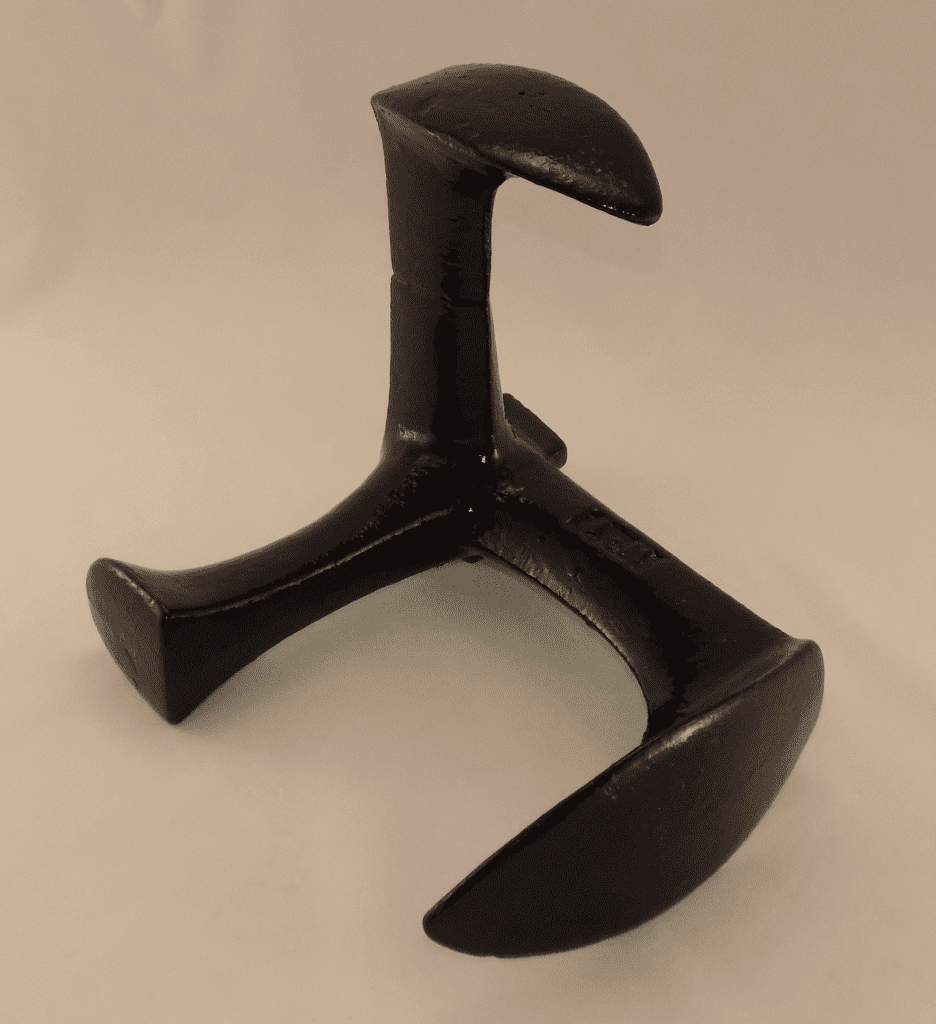
By the Middle Ages, cobblers had established themselves as master artisans. In European cities, guilds were created to regulate and preserve the art of shoemaking and shoe repair. It was during this time that the cobbler’s last became an even more sophisticated tool.
Cobblers not only repaired shoes but also created custom pairs that reflected their clients’ needs and status. Shoes became symbols of wealth, with cobblers using the last to tailor each shoe to fit perfectly, ensuring both comfort and longevity.
The Cobbler’s Last in the Industrial Revolution
The Industrial Revolution brought significant changes to shoe manufacturing. Machines allowed for mass production, making shoes more affordable and accessible. But with mass production came a reduction in quality. Shoes were no longer custom-fitted, and they wore out faster. Cobblers, however, continued to use their trusty lasts to reshape, repair, and restore shoes to their original condition.
During this time, new techniques and materials were introduced, including more advanced adhesives. The cobbler’s last remained a constant in the repair process, ensuring that even mass-produced shoes could be saved from the trash heap.
NJOY’s Shoe-Fix & Boot-Fix Glues: The Modern Solution
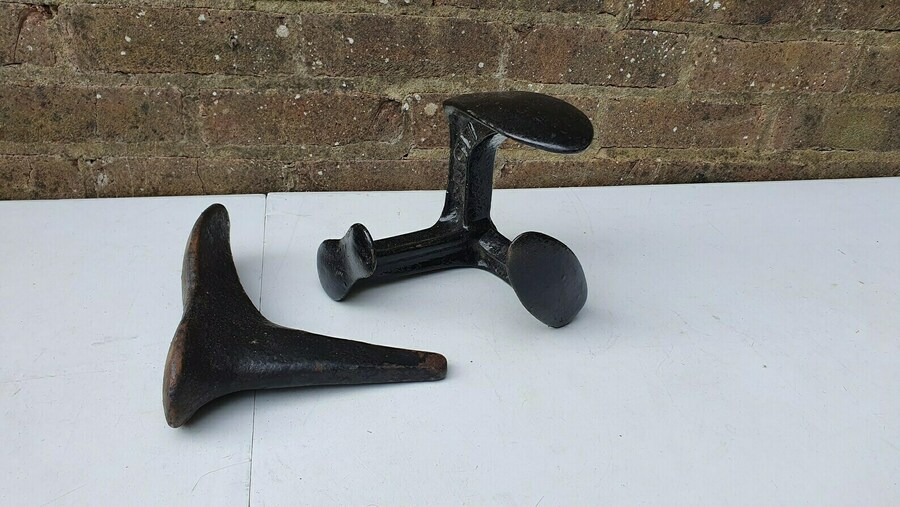
Fast forward to today, and while the cobbler’s last remains an essential tool, modern adhesives have transformed the shoe repair industry. Products like NJOY’s Shoe-Fix and Boot-Fix glues have become game-changers for both professional cobblers and at-home shoe repair enthusiasts. These high-performance glues provide an unbeatable bond for materials like leather, rubber, and fabric, ensuring long-lasting repairs that can withstand everyday wear and tear.
- Shoe-Fix Glue: This adhesive is quick-drying and waterproof, making it perfect for everyday shoe repairs. Whether you’re fixing a sole or repairing a leather tear, Shoe-Fix Glue ensures a strong, flexible bond.
- Boot-Fix Glue: Built for more demanding repairs, Boot-Fix Glue is ideal for heavy-duty footwear like hiking boots or work boots. It provides a durable bond that can endure tough conditions, from construction sites to outdoor adventures.
While these modern adhesives offer convenient solutions, the cobbler’s last remains essential in the process of properly reshaping and repairing shoes. The combination of traditional craftsmanship with cutting-edge adhesive technology means that shoes can now be restored more effectively than ever before.
The Legacy of the Cobbler’s Last in a Sustainable Future
In today’s fast-fashion culture, where cheap, disposable shoes dominate the market, it’s easy to forget the value of repairing and maintaining footwear. However, using a cobbler’s last and high-quality adhesives can significantly reduce waste by extending the life of shoes. By repairing instead of discarding, we can contribute to a more sustainable future.
Cobblers have known this for centuries, and their tools, like the last, have always been central to the philosophy of making things last. Whether you’re using NJOY’s products or visiting your local cobbler, investing in quality repair ensures that your favorite shoes can be enjoyed for years to come.
Conclusion: A Timeless Tool for Modern Times
The cobbler’s last is more than just a tool—it’s a symbol of craftsmanship, sustainability, and the enduring value of quality. While modern advancements like NJOY’s Shoe-Fix and Boot-Fix glues have revolutionized shoe repair, the cobbler’s last remains irreplaceable. It’s the bridge between the art of traditional cobbling and the convenience of modern repair methods.
So the next time your favorite shoes start to wear out, don’t throw them away. Remember the cobbler’s last, and consider repairing them to extend their life. After all, why let go of something you love when you can give it a second chance?


